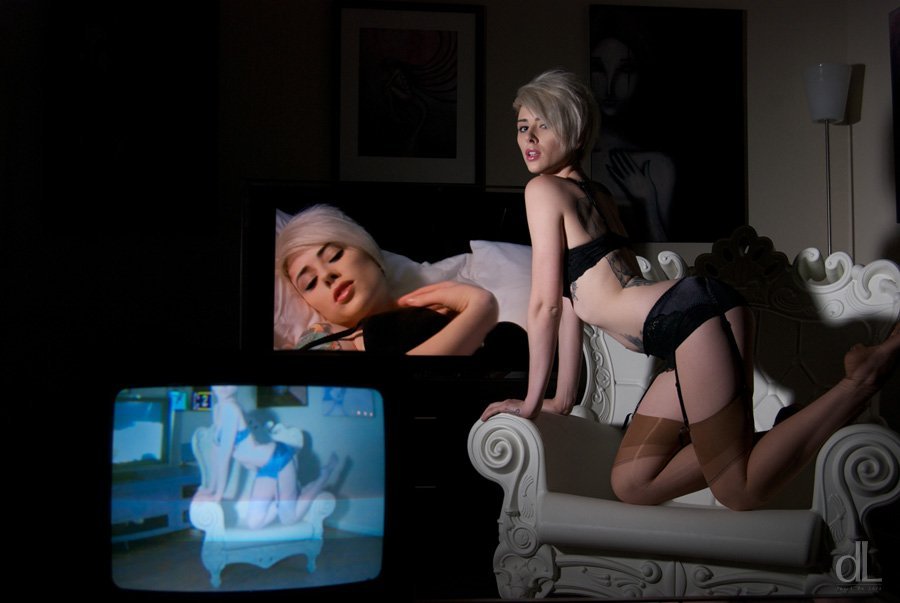Pin-Up Model, Loulou Von Brochwitz
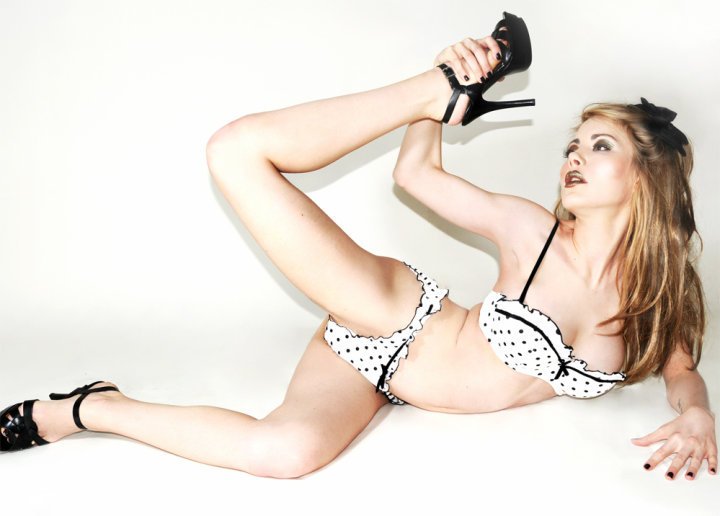
model:
Loulou
Von
Brochwitz
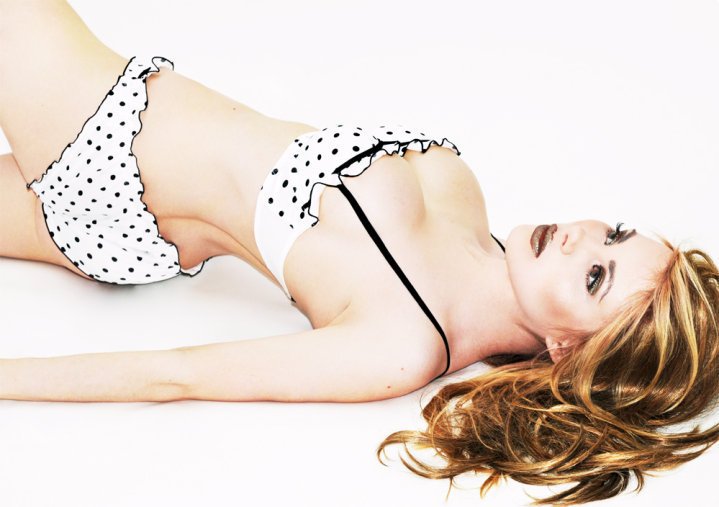
Loulou von Brochwitz started her modeling career at the age of 14 in Switzerland where she was born. Supervised by a established modeling agency, she worked as a part-time model for classic brands; later she decided to specialize in pin-up modeling: Over the years she started a passion for the American Atomic Age and in 2006 she decided to put her passion for the 1950's into her image.
Loulou’s uniquely visual brand as a sexy Pin-Up Girl and nerdy mathematician has her in demand all over the World. Recognized as the ATOMIC AGE HIGH FASHION PIN-UP, she has become both renowned and iconic. She has graced the covers of dozens of magazines, was featured in the September 2010 Edition of Playboy Magazine, and her upcoming role as the “Obedient but Alluring College Girl of the 50's” in: "College Girls Can Be Poison", will be released next year.
Fashion photographer, Michael Quinn, MICKOO
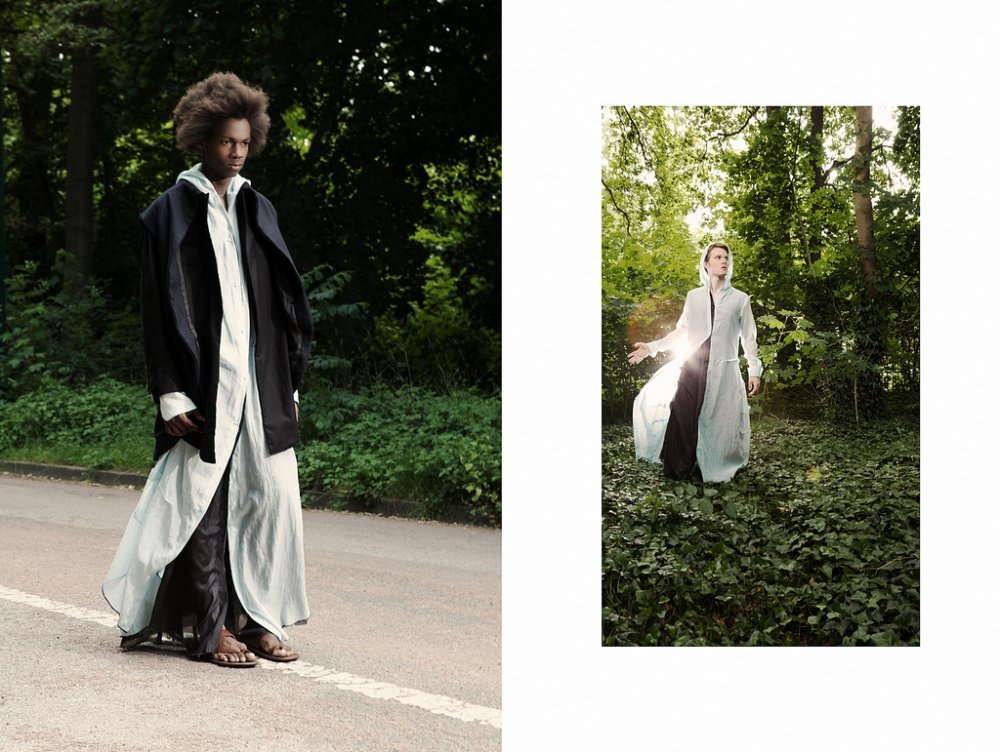


Michael Quinn is an affable and dedicated photographer. British born, Quinn has lived in the US and now lives in Paris, reflecting the dynamic and ambitious nature of his work. Never afraid of controversy, his images enhance the aesthetics of the subject by projecting the observer into a rich narrative of his making.
Having trained in London, at the University of the Arts, and Paris, under the rigorous tradition of Speos: Paris Photographic Institute, his range of technique and style is fitting for nearly all purposes. Experienced in and out of the studio, he embraces the possibilities of recreating the world through image.
Michael Quinn
View more: MICKOO
Retarded Music is IN like the color Black
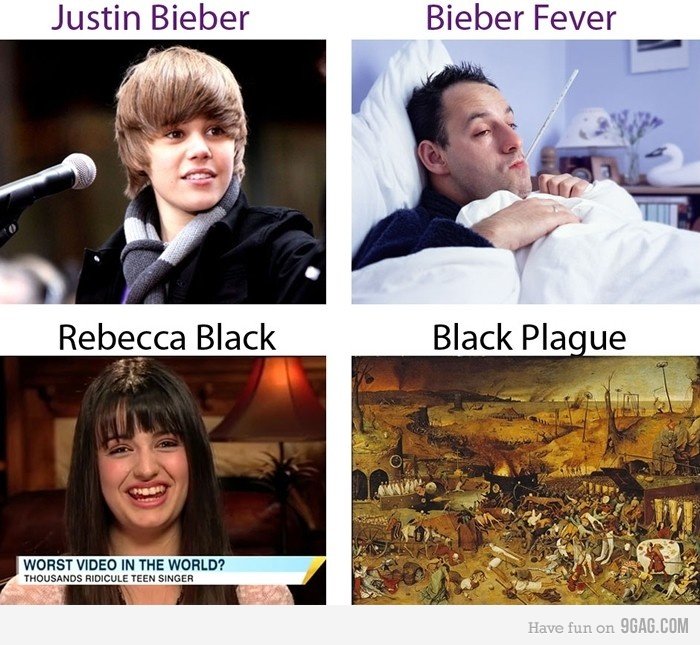
Via, the wonderful folks at 9Gag.com
I don't care what anyone says, Justin Bieber has talent. I just can't stand his haircut and his idiot 13 year old fans. LOL. Rebecca Black should avoid posting videos on YouTube at all costs if she plans to have a social life and a boyfriend in the years ahead. Jesus...
What About the Robots?
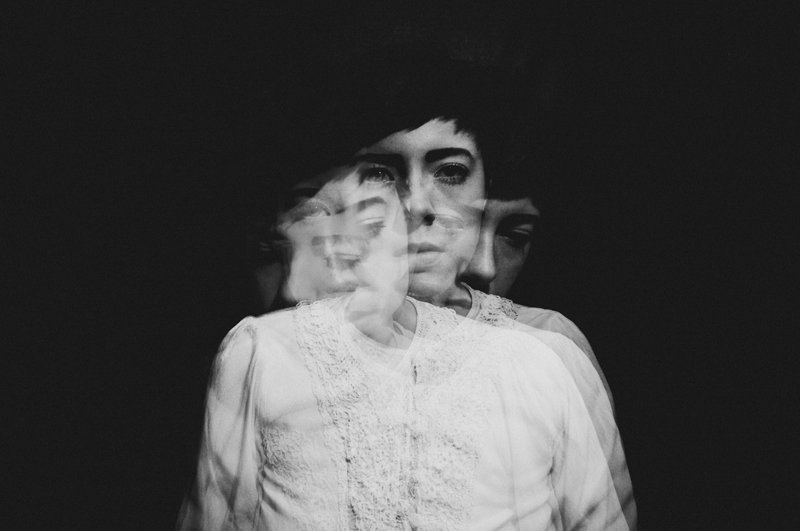
Should I ?
What If?
I think I should try
But what about the robots?
Can I do it today?
But, what about those robots?
Ronald Reagan Airstrike Libya
Operation El Dorado Canyon
Alysha Nett
Baselitz, Colen 3D
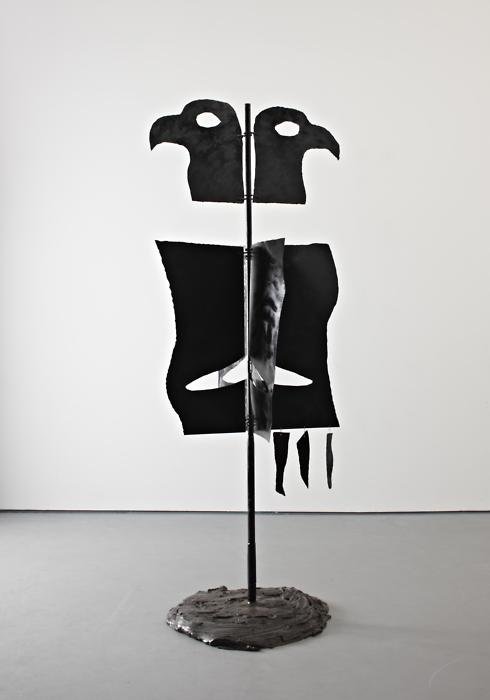
Georg Baselitz
Scarecrow (Eagle) , 2009
Bronze and black painted stainless steel.
250 x 100 x 100 cm (91 x 40 x 40 in)

Dan Colen
Untitled (Vete al Diablo)
2006
Wood, wire, polyurethane, papier mâché, gesso, oil paint
182.9 x 121.9 cm base 30.5 cm
Project by Borscht Film Festival
Waverly Films + Otto von Shirach Short Film Madness!
I saw that my friend Andrew put up this kickstarter project and it seems really cool. Check out the clip and help get this project finished :)

Redheads can take electric pain

Two studies have demonstrated that people with red hair have different sensitivity to pain compared to people with other hair colors. One study found that people with red hair are more sensitive to thermal pain (associated with naturally occurring low vitamin K levels),while another study concluded that redheads are less sensitive to pain from multiple modalities, including noxious stimuli such as electrically induced pain
DON'T TOUCH A REDHEAD; SHE'S ELECTRIC
Stereo Chest Tattoo
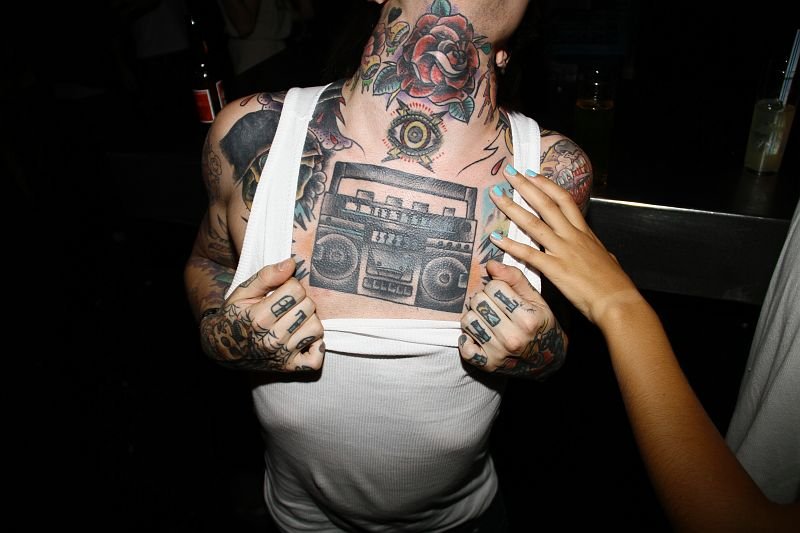
Stereo - chest tattoo. get it? heart beat music.
Marilyn Monroe: The Unpublished Photos!



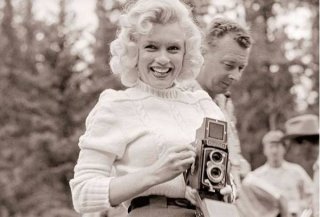
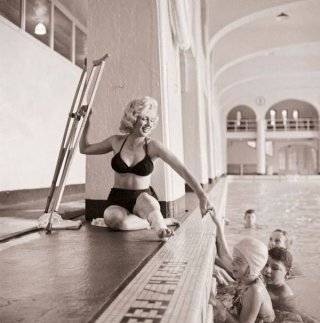


marilyn monroe
the unpublished photos
Wow, I never seen these before. She always looked awesome no matter what. Check her out doing normal stuff, vacationing, pool and hanging with loved ones.
View more at: Smilorama.com
Sporty Summer come Now


I'M READY FOR SUMMER
ARE YOU??
End of the World as we Know it...
END OF THE WORLD?
If you watch the news and read the papers and what’s on the internet; by the looks of it, it seems it’s the end of the world. If it’s not the end, it appears more then ever as if it’s around corner. It could be fear mongering by the media as a form of control? It could be that information due to the rapid growth of social media gives us “breaking” news overdoses. Things have always happened, but now we find out on real time instead of weeks or months later. It’s at an instance. The world is more united when it comes to info sharing. Now, if a doze birds die mysteriously everyone around the world can find out in 1 hour. Does this have to do with all of this 2012 talk? I like to stay optimistic, even if I stopped eating the fish. If Dec. 21st 2012 is the date…well I have a little message for the Mayans….


WTF Son...Community




Sir Ian McKellen aka Magneto has a message for you
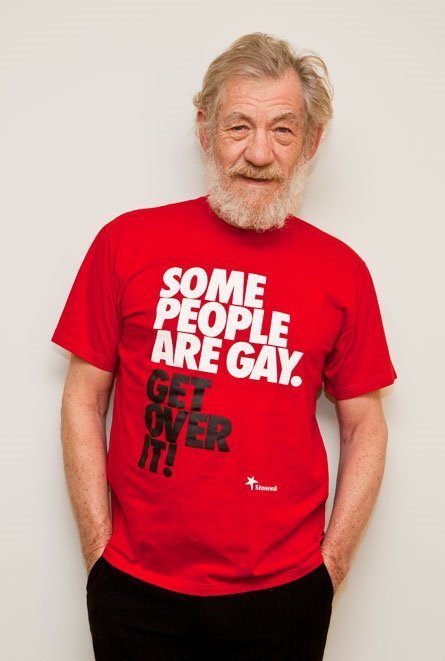

Julian Schnabel in Art in America
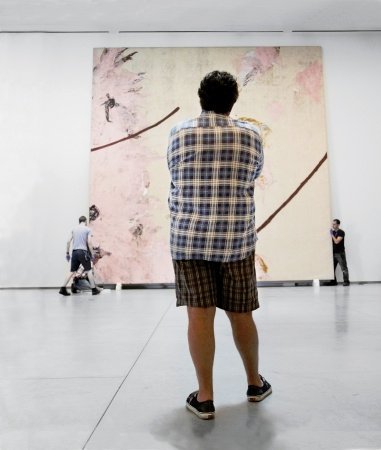
IT MIGHT SEEM ABSURD to describe Julian Schnabel as neglected, given his great celebrity, his flourishing career as a film director, and his near-mythic status as a 1980s art star, but for more than 20 years his paintings have been passed over in silence by most critics and largely ignored by curators. His paradox is to be at once highly visible as a cultural figure and deeply invisible as a painter. Some of this invisibility is the result of his being dismissed by influential academic theorists as a mere resuscitator of modernist styles in an outmoded medium. Another factor has been the unexpected success of his films, which has drawn attention away from his activity as a painter; the meme “His movies are better than his paintings” has flourished almost since the release of his first film, Basquiat (1996).
A balanced assessment of Schnabel’s achievement has been hampered by the difficulty of seeing his work in depth. Astonishingly, Schnabel has not been given a museum exhibition in the U.S. since his Whitney midcareer survey of 1987. (Recently, L.A. MOCA director Jeffrey Deitch signaled an end to what will have been a quarter-century embargo when he announced his museum is planning a Schnabel retrospective for 2012.) There have been numerous gallery shows, mostly in New York, but only a small percentage of this prolific artist’s work ever made it into these exhibitions. Schnabel’s penchant for painting at billboard scale has been one obstacle to a fuller presentation of his work, and so has his tendency to hold back some important works from public view.
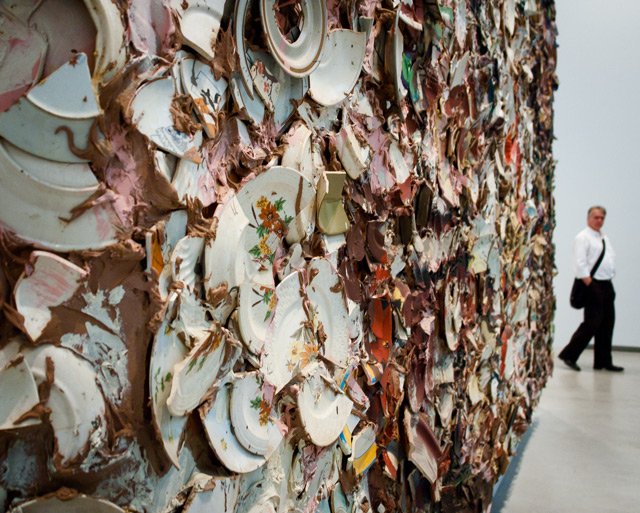
JULIAN
SCHNABEL
This is a really interesting article by Raphael Rubinstein that was published in this months issue of Art in America. Rubinsteins examines Schnabel's history or lack there of with some, not all American museum establishments and how that might change very soon thanks to Deitch mounting a retrospective at L.A.'s MOCA in 2012.
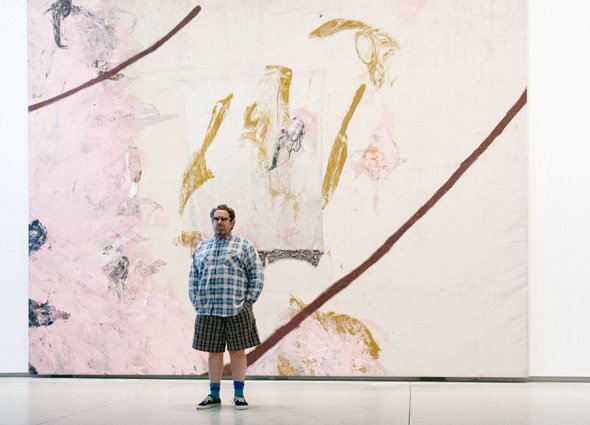
Beyond these shores, Schnabel has not been as neglected. In 2003, the Schirn Kunsthalle in Frankfurt mounted an extensive survey of his work that traveled to the Reina Sofía in Madrid and the Mostra d’Oltremare in Naples. More recently, the Art Gallery of Ontario (AGO) in Toronto presented “Julian Schnabel: Art and Film,” an exhibition that brought together some 40 paintings, two sculptures and eight Polaroids from 1975 to 2010. Asserting that cinema has played a central role in Schnabel’s work from the beginning, the show’s organizer, David Moos, who is the AGO’s curator of modern and contemporary art, assembled a compelling survey of Schnabel’s career in which every work had some connection to film. The exhibition coincided with the 2010 Toronto Film Festival, where Schnabel’s new movie, Miral, had its North American debut. In June, a large Schnabel show opens at the Museo Correr in Venice, coinciding with this year’s Biennale.
A visit to the AGO show last November made me realize, first, how few of Schnabel’s paintings I’d seen in the past two decades, and second, how powerful his work can be when encountered in person. Everyone knows that the reliance on reproductions of artworks (and paintings, in particular) fosters highly inaccurate notions about them, but it is still very easy to base one’s estimation of individual works or even entire careers on reproductions now, given their accessibility on the Internet. And more and more of our art experience happens on screens the size of placemats. All paintings suffer from reproduction, but Schnabel’s tend to be depleted more than most. The enormous scale of so many of them, which one experiences almost the way one experiences architecture; the disruptive surfaces of the plate paintings, in which images coalesce or break up dramatically depending on one’s viewing distance; the textures of his wildly various supports (weathered tarpaulins, pony skin, black velvet, polyester) that invite intensely haptic responses from viewers; a bounty of materials that range from encaustic and glossy resin to deer antlers and antique embroidery—these are all primary facts about the works that get lost in even the best photographic reproductions. It’s almost as if the artist deliberately set out to make paintings that resist easy translation into the medium of photography. Pursuing such a strategy would be consistent with Schnabel’s oft-stated belief in the importance of the viewer’s presence before the work of art. In 2003, he told Max Hollein, who organized the Schirn Kunsthalle show, “Paintings are physical things that need to be seen in person. It’s hard to get a painting’s intensity from a reproduction.”
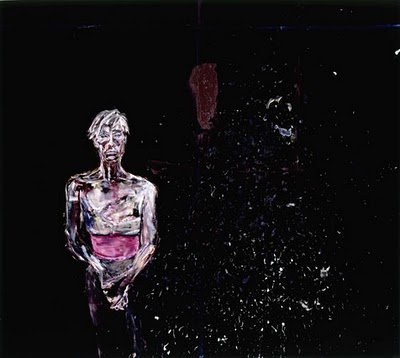
Portrait of Andy Warhol (1982). Half of an artistic exchange (Warhol did a portrait of Schnabel), it presents Warhol as a spectral figure glowing against a black-velvet background. (Like nearly all of Schnabel’s portraits, this one was done from life.) Delineated with abrupt strokes of bone white and scumbled violets and yellows, Warhol could be one of El Greco’s vulnerable, sinewy saints.
Julian Schnabel standing in front of his painting El Espontaneo (For Abelardo Martinez), 1990, oil on white tarpaulin, 22 feet square. Courtesy Art Gallery of Ontario, Toronto. Photo Ian Lefevbre.
